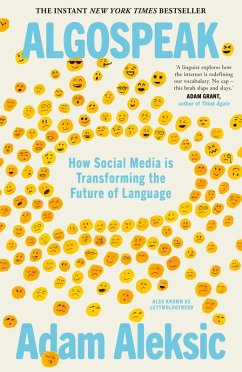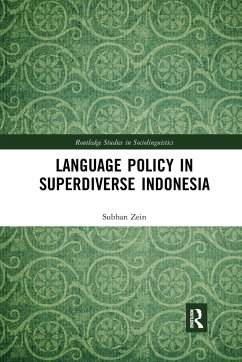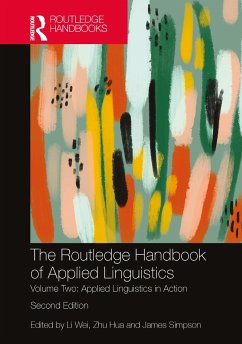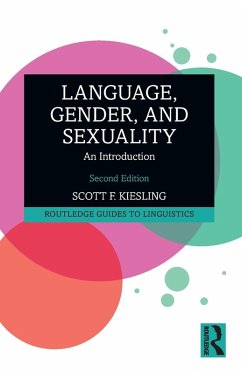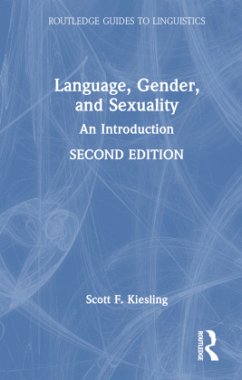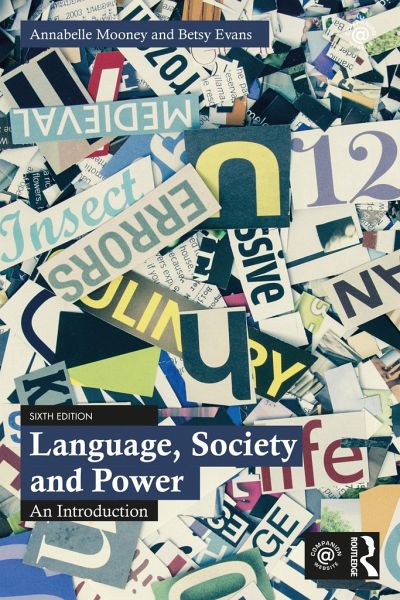
Language, Society and Power
An Introduction
Versandkostenfrei!
Versandfertig in 6-10 Tagen
34,99 €
inkl. MwSt.
Weitere Ausgaben:

PAYBACK Punkte
17 °P sammeln!
Language, Society and Power provides an accessible introduction to the study of language in a variety of social contexts. This book examines the ways language functions, how it influences the way we view society, and how it varies according to age, ethnicity, class, and gender. Readers are encouraged to consider whether representations of people and their language matter, explore how identity is constructed and performed, and examine the creative potential of language in the media, politics, and everyday talk.With updates and new international examples throughout, the sixth edition of this pop...
Language, Society and Power provides an accessible introduction to the study of language in a variety of social contexts. This book examines the ways language functions, how it influences the way we view society, and how it varies according to age, ethnicity, class, and gender. Readers are encouraged to consider whether representations of people and their language matter, explore how identity is constructed and performed, and examine the creative potential of language in the media, politics, and everyday talk.
With updates and new international examples throughout, the sixth edition of this popular textbook features:
Thoroughly revised chapters on politics and media to include topics such as environmentalism, the politics of consumer choice, injustice in legal systems, and the power of social media in political activismExpanded coverage of ongoing debates around fake news, gender fluidity and representation, and multilingualismDiscussions of surveillance in relation to linguistic landscapesExamination of linguistic change due to COVID-19A companion website which includes streamlined exercises, further reading, a 'who's who' of Twitter, and links to blogs and videos to support learning as students make their way through the book.
Language, Society and Power assumes no linguistic background among readers and is a must-read for all students of English language and linguistics, media, communication, cultural studies, sociology, and psychology who are studying language and society for the first time.
With updates and new international examples throughout, the sixth edition of this popular textbook features:
Thoroughly revised chapters on politics and media to include topics such as environmentalism, the politics of consumer choice, injustice in legal systems, and the power of social media in political activismExpanded coverage of ongoing debates around fake news, gender fluidity and representation, and multilingualismDiscussions of surveillance in relation to linguistic landscapesExamination of linguistic change due to COVID-19A companion website which includes streamlined exercises, further reading, a 'who's who' of Twitter, and links to blogs and videos to support learning as students make their way through the book.
Language, Society and Power assumes no linguistic background among readers and is a must-read for all students of English language and linguistics, media, communication, cultural studies, sociology, and psychology who are studying language and society for the first time.





